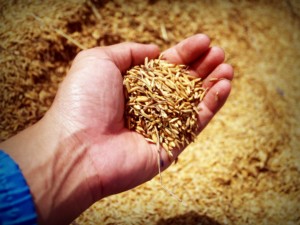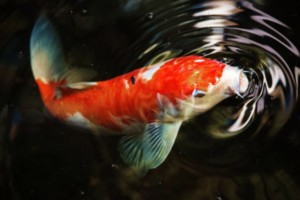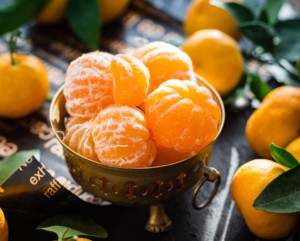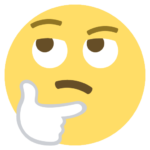What Protein is and does

-Protein is what your cells are made of. If it’s a cell, it is made of protein. The most numerous cells that are made of, and thus supply the most protein are muscle cells. But one must also remember that red blood cells and infection fighting white cells are also made of protein. People forget that these red and white cells have a finite life span in the blood stream and must be remade. How does the fish replace these cells in winter when it’s not eating? Very difficult. This is one reason why Spring is often fraught with disease.
Protein is the “stuff” of muscles and so is harvested from animals in their muscle. When we eat protein in the form of beef, well, you get the idea. Beef muscle. ‘Kay.
Studies have been done which compared the digestion and assimilation of protein in fish. They tested chicken protein, fish protein, plant protein, beef protein, pork, etc. And you will NOT be surprised to know that fish proteins were the BEST digested and assimilated. Fish eat fish. This makes sense because the incidence of fish leaping onto shore and eating cows is very, very low to non-existent. Fish are adapted to the consumption of others in their food chain. So fish proteins are the best for fish. Cool.
So when you look at a bag of food and the first ingredient is “Wheat”. Again, you get the picture. Wheat is not equal to fish protein. So keep looking. You should look for fish or aquacultural proteins as the first ingredient in a decent diet for your Koi and Goldfish.
Fish can DIGEST corn. But they do not ASSIMILATE it as well as fish proteins, in fact they might not assimilate it AT ALL if an amino acid is missing from the protein in the food. So companies which have stooped to talk glowingly about corn being “DIGESTABLE” while omitting fair representation of corn’s comparatively poor assimilation are being misleading.




 What is BETAINE?
What is BETAINE?